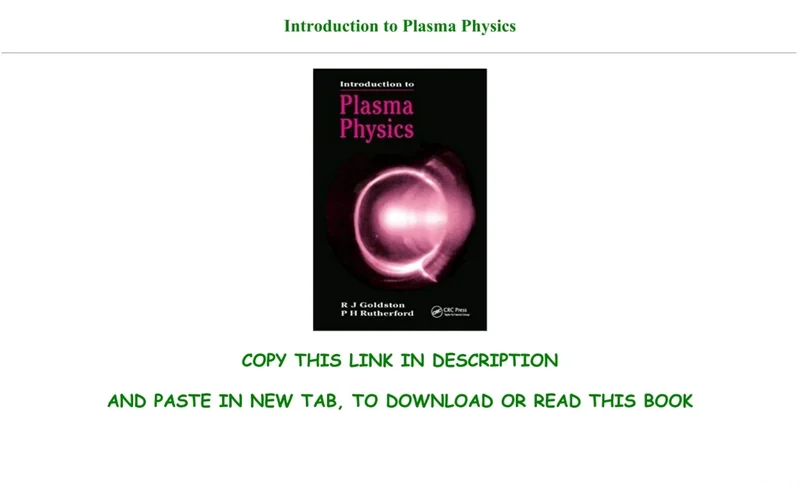Of all the incredible words in science, "plasma" might just be the most misunderstood. You hear it and maybe you think of donating blood to save a life, a vital and noble act. You might even look up at the night sky and think of the recent, stunning images of STEVE—that ethereal, super-heated ribbon of plasma dancing with the aurora in the Wyoming sky. These are wonders, to be sure. But there is another plasma, the fourth state of matter, the very stuff of stars, that holds the key to… well, to everything. And a small headline I saw recently about an "internal record in plasma shots" from a company called Zap Energy has me absolutely buzzing.
When I first saw that news, I honestly just sat back in my chair, speechless. It wasn't a world-shattering announcement that made the front page of every paper. It was an internal record. But that’s precisely why it matters. This is the kind of breakthrough that reminds me why I got into this field in the first place. It’s a quiet signal, a tremor from the frontier that tells us the landscape of our future is about to change forever.
For decades, we’ve been told that nuclear fusion—the process of harnessing the power of a star here on Earth—is perpetually "30 years away." It’s become a running joke, a shorthand for a beautiful but unreachable dream. We hear about these massive, billion-dollar tokamak reactors, incredible feats of engineering, but the finish line always seems to be receding. What Zap Energy is doing with its "plasma shots" feels different. It feels tangible.
So, what is a "plasma shot"? In simple terms, it's the moment of creation, a fleeting instant where scientists and engineers blast hydrogen isotopes with immense energy to create a superheated cloud of charged particles—a miniature star—and try to contain it just long enough for fusion to occur. Every successful shot, every new record for stability or temperature or duration, isn't just a data point. It's a single frame in a motion picture that is finally, finally starting to play. This isn't about one giant leap; it's about the steady, accelerating rhythm of progress. Are we seeing the slow, methodical work that actually leads to a paradigm shift?

This reminds me of the Wright brothers at Kitty Hawk. Their first flight lasted only 12 seconds and covered 120 feet. It wasn't a transatlantic voyage. It didn't change global transportation overnight. But it proved, unequivocally, that sustained, powered flight was possible. That’s what these internal records are. They are the 12-second flights of the fusion age, proving that the engineering challenges, while monumental, are not insurmountable. We are moving from the realm of theoretical physics into the gritty, beautiful world of engineering.
And imagine what happens when we solve this. Imagine a world powered not by burning finite resources, but by the same clean, boundless energy that fuels our sun—it means energy that is safe, abundant, and available to every single person on this planet, fundamentally rewriting the rules of human civilization. Of course, with such power comes an immense responsibility. We must ensure this technology becomes a tool for unity and prosperity, not another vector for division. How do we build a world where a miniature sun in a box lifts everyone up equally?
This is no longer a question of if, but when. The quiet work being done in labs, marked by "internal records" and steady progress, is the foundation upon which our new world will be built. It may not be as visually spectacular as a plasma ribbon in the night sky, but its beauty is in its promise. What we are witnessing is the painstaking, brilliant process of humanity learning to bottle a star.
Forget "30 years away." The quiet breakthroughs happening right now are the drumbeat of a new era. We are at the dawn of the fusion age, and the work being done today is the single greatest gift we could possibly leave for the generations of tomorrow. The future isn't just coming; we are actively building it, one plasma shot at a time.